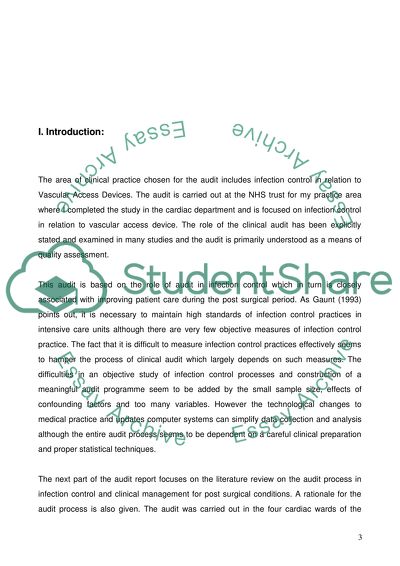Infection Control in Relation to Vascular Access Device Coursework. Retrieved from https://studentshare.org/health-sciences-medicine/1527839-infection-control-in-relation-to-vascular-access-device
Infection Control in Relation to Vascular Access Device Coursework. https://studentshare.org/health-sciences-medicine/1527839-infection-control-in-relation-to-vascular-access-device.


